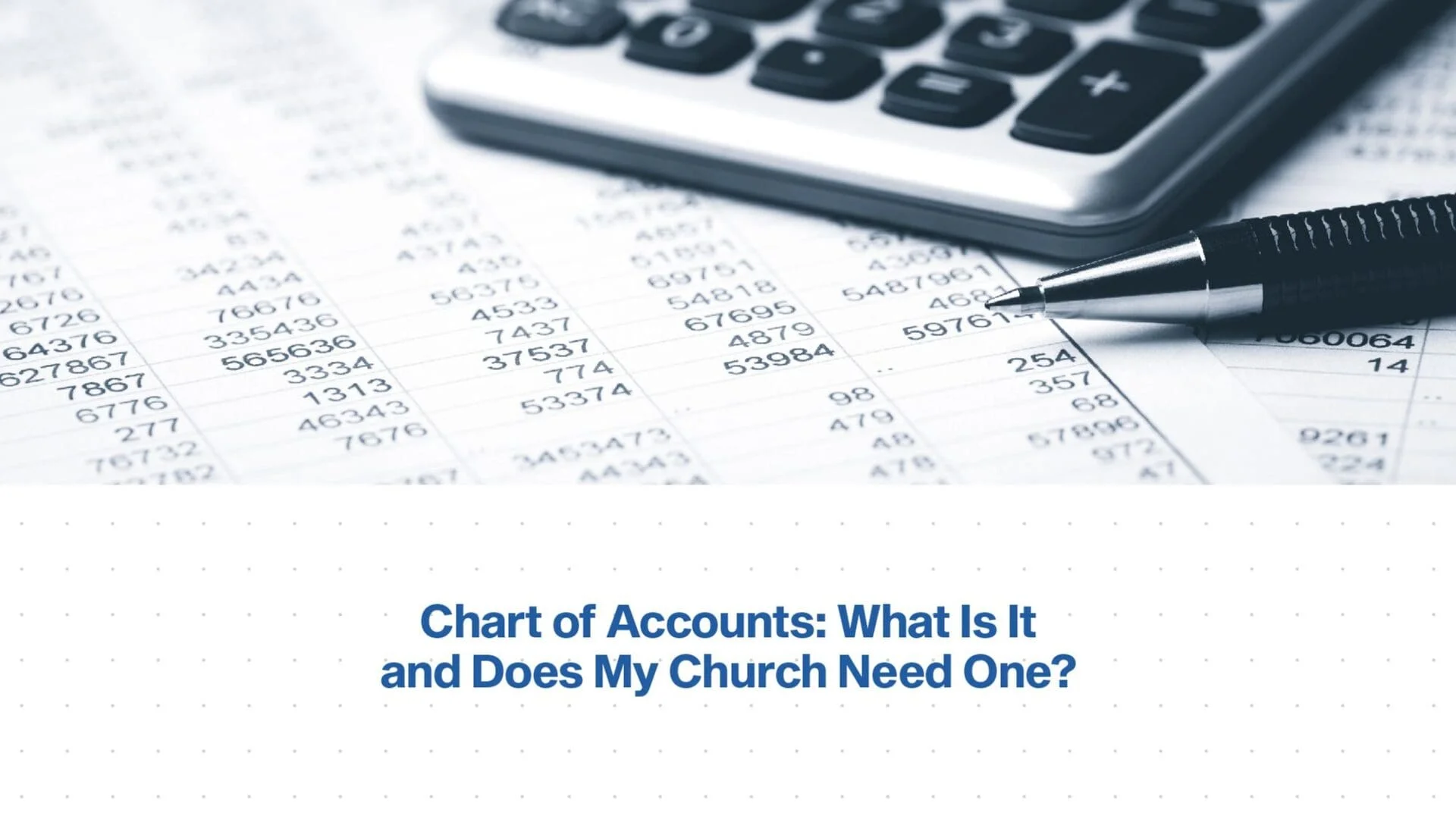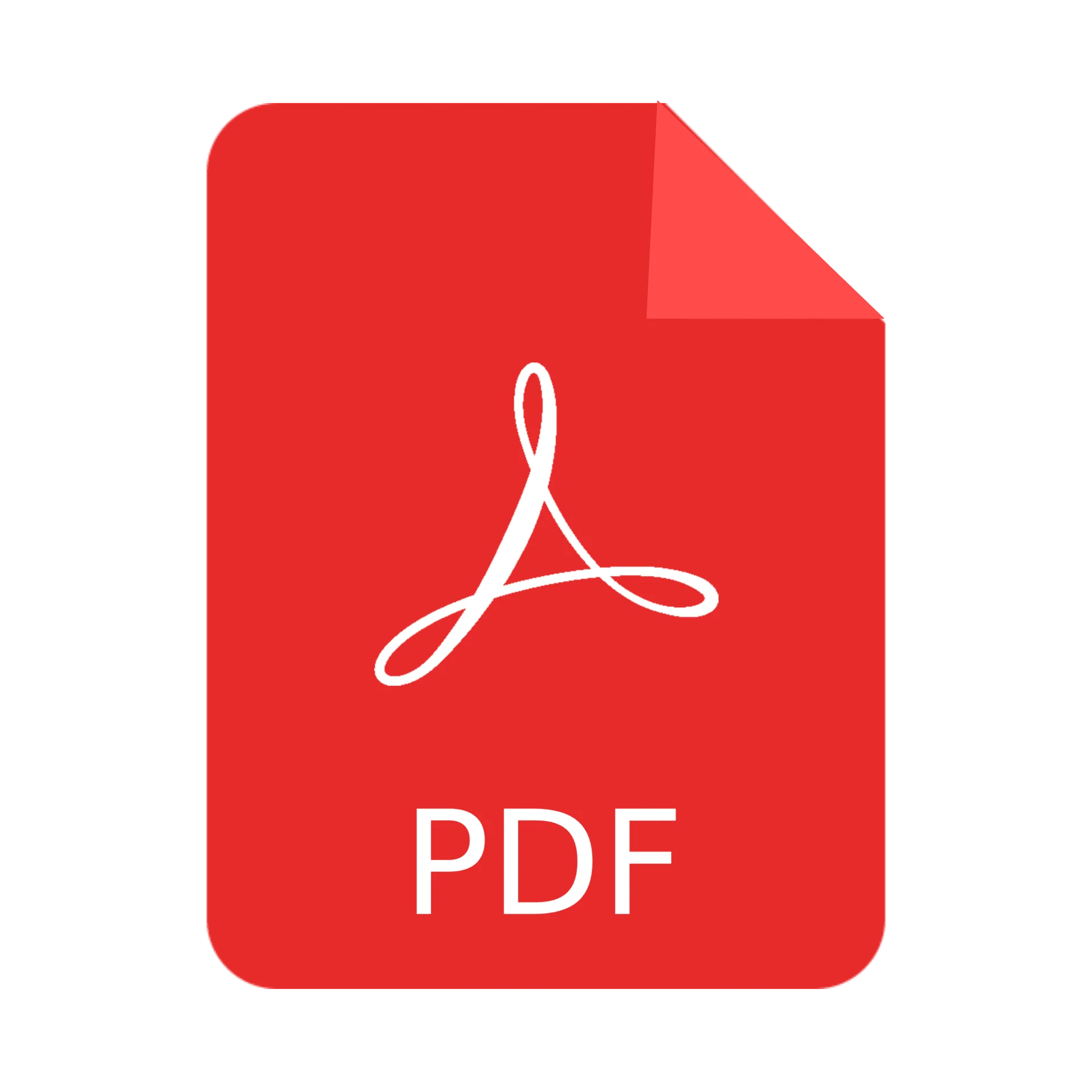
Church accounting has a lot of moving parts. You need to track income and expenses, pay your pastors and staff, and ensure that you’re funding the right areas for ongoing health and growth.
This can lead to the creation of a lot of different accounts over time. These can help you keep various pockets of money designated and separate from one another.
However, a plethora of accounts can also lead to confusion. This is where a chart of accounts can help.
If you’re unfamiliar with or uncertain about the term, you’ve come to the right place. Let’s go over the basic definition of a chart of accounts, review its benefits, and consider if and when a church could use one to help with its accounting activity.
Also called a COA, a chart of accounts functions as an index or master collection of all of the financial accounts that an organization uses. A well-organized and maintained chart of accounts helps label transactions and organize them into groups. This makes it easier to track the overall financial activity of a business or not-for-profit entity from one accounting period to the next.
A COA is similar to the first thing you see when signing onto an online banking portal or mobile banking app. If you have multiple accounts at the same financial institution, you will usually see all of these presented alongside one another.
This is the same concept as what a chart of accounts does for a business. It brings everything together into a single, master bird’s-eye view of an organization’s financial inner workings.
While this is the primary function of a COA, each system can be multi-layered and complex. For example, each financial account can contain multiple sub-accounts within it. These contain the many different transactions that took place in relation to their financial contents.
To track everything, the various components of a chart of accounts are typically ordered by name, description, and number. These aren’t required to take on a specific format, although there are industry standards that create consistency.
A chart of accounts provides easy access to an overview of an organization’s activity. This is its primary function. A COA can also help maintain reporting standards over time.
Once you’ve set up your COA, it’s essential that you maintain the same format as you keep it updated. This bookkeeping consistency is one of the 10 GAAP Principles of accounting, and it is critical. If you change the way you track things in your COA, it can complicate the interpretation of previous entries or even make them completely useless as far as comparisons and analysis are concerned.
Because of this emphasis on consistency, it’s important to maintain clean accounts. You can prune unnecessary ones over time to avoid things getting out of control. (Usually do this on an annual basis — don’t be too quick to delete accounts!)
The short answer here is yes. A COA is useful for all kinds and sizes of organizations across any industry — including churches.
A chart of accounts is a helpful and pivotal tool in tracking a church’s financial activity, from tithes and offerings to payroll and other costs. It can trace your income and expenses as well as your equity, assets, and liability.
COAs are also easy to adjust and adapt to fit the needs of any size church. For instance, it doesn’t matter if you’re using single or double-entry bookkeeping. You can create a COA for either system.
A chart of accounts is an important part of your church’s accounting activity. It may be simple in concept, but COAs can be complex to set up.
As an example, consider each account within your COA. Your equity account might be further broken down into sub-categories, such as net income and fund balances. You will likely further break down the latter into individual funds and assign each one its own name and number on your COA. Each of these will have its own set of recorded transactions within the stated fiscal period.
To put it another way: there’s a lot going on here.
Fortunately, there are software solutions that can help streamline COA maintenance. At Chaney & Associates, we exclusively serve churches with our accounting services, and we’ve built our software with ministry finances in mind. Along with this church-focused approach, we are always looking for the latest and greatest ways to update our digital bookkeeping solutions.
From a faith-based focus to a forward-thinking utility, our software solutions make accounting activities like maintaining a chart of accounts simple and easy. To top it off, we back up our software with professional support and even financial consultations if you need them.
If you’re struggling to set up or maintain a chart of accounts for your church, contact us. Our team can help you identify what you need to do and can equip you with the tools and knowledge to help you get there.
